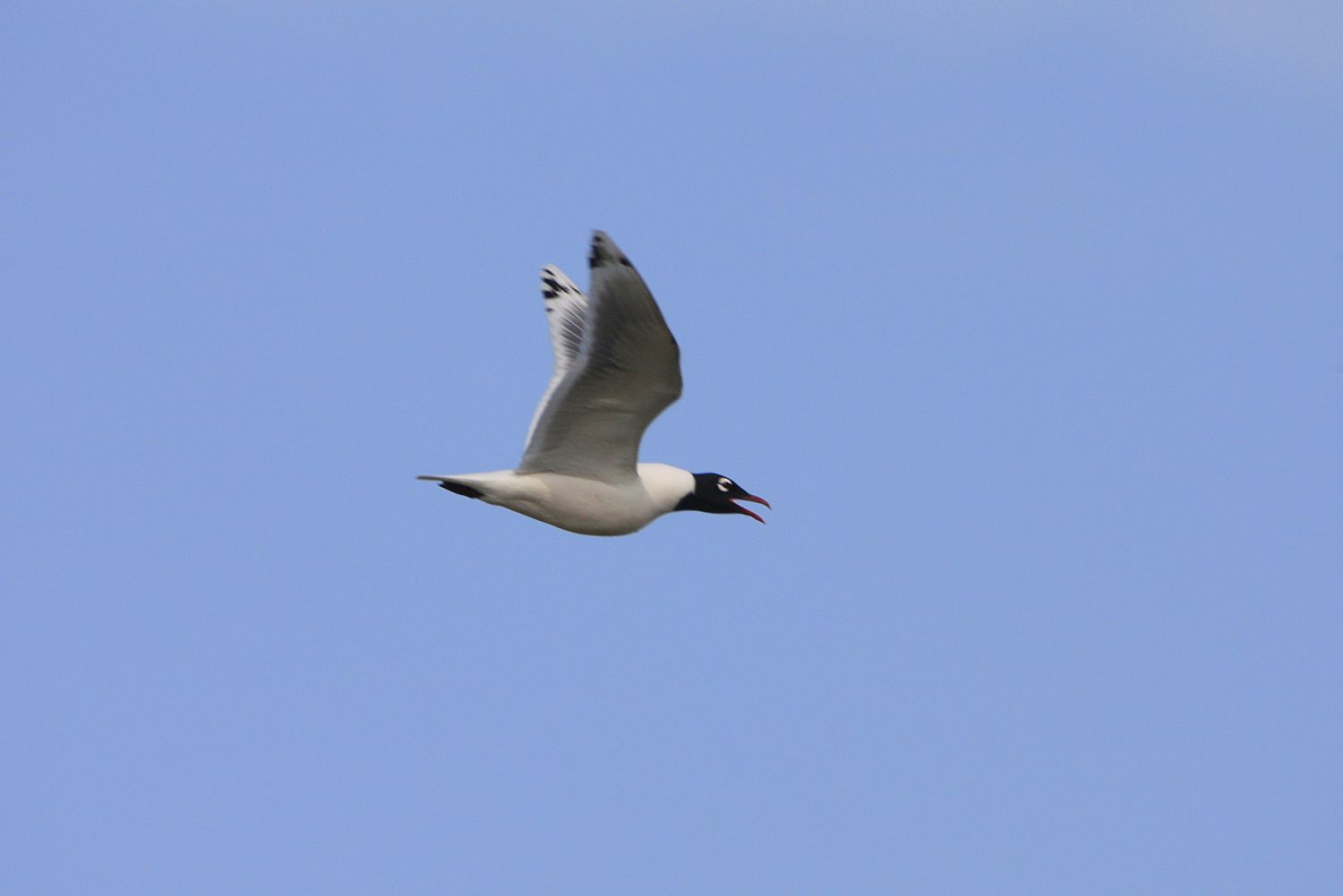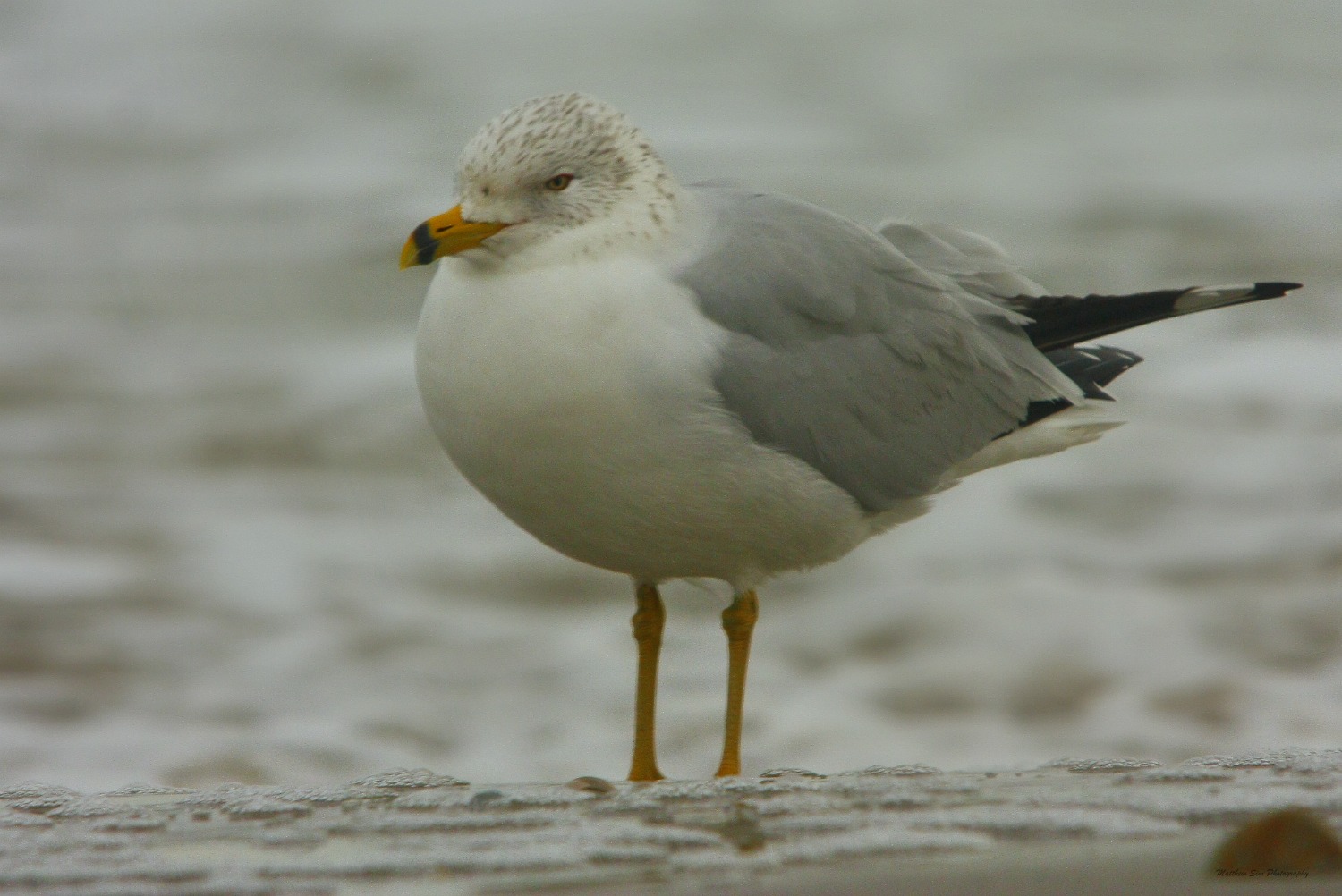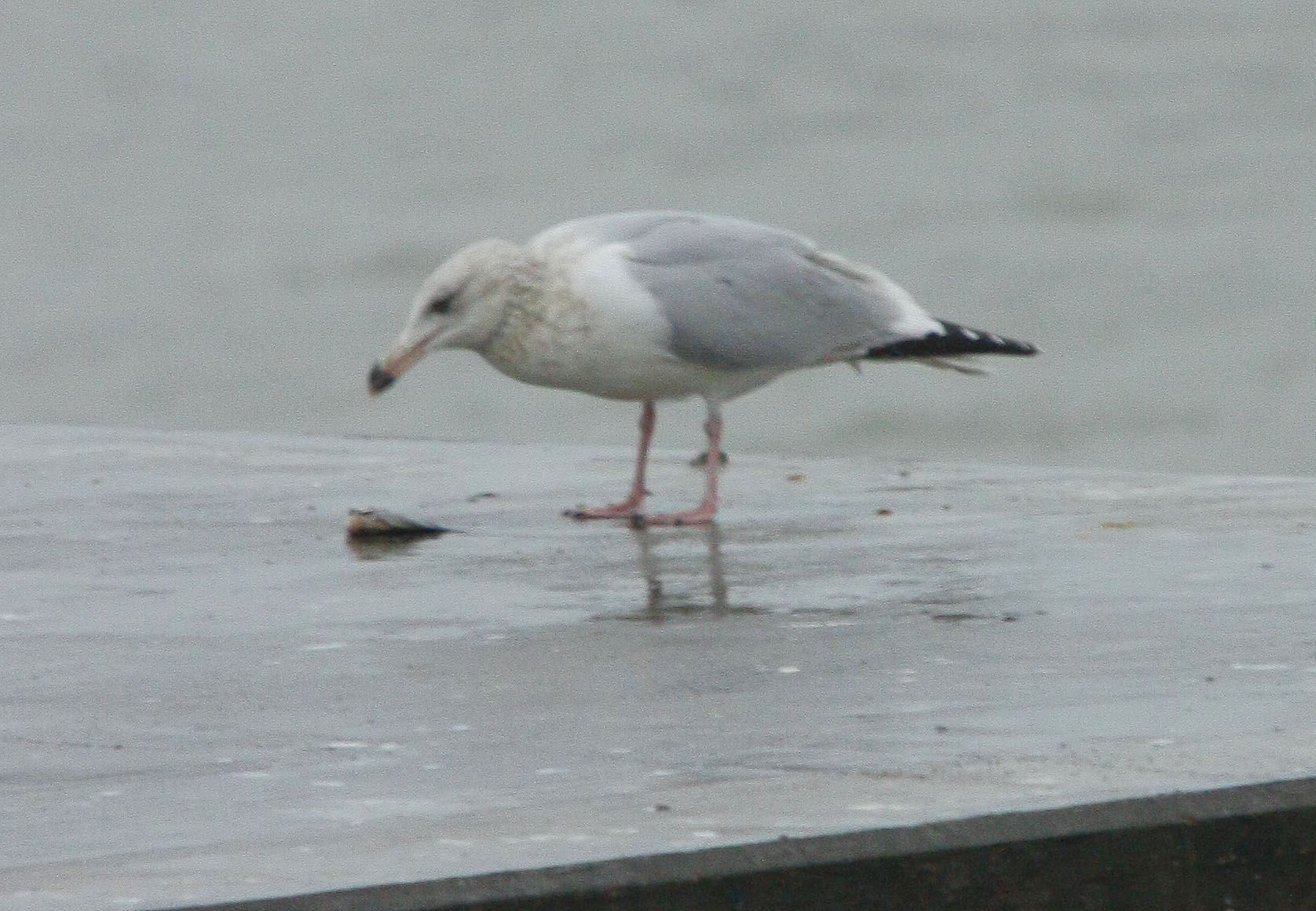Posted by Dan Arndt
It seems like it was only yesterday that the Friends of Fish Creek Birding Course visited Carburn Park. While it has been a little over a month, the differences are astounding. The ice on the river has almost completely cleared up, and all three ponds are completely ice-free and full of waterfowl and gulls of all kinds.
After a couple of weekends away, it was nice to get back into the city and back to a place that is always full of surprises, and Carburn Park was just what the doctor ordered.
With a few fresh faces, and plenty of old familiar ones from the Winter Course, we started out bright and early at 7:30AM and got off to a great start.
We decided our best course of action would be to head south to the bridge, then follow a trail as far south as we could before turning back north and following the river with the sun at our backs, both for the best photos, but also for the best light to view the birds at.

Carburn Park - April 22, 2012
One major difference that stands out to my mind between winter and spring birding, at least before the leaves come out and change the game entirely, is that the birds that overwinter here in Calgary are fairly large-bodied overall. Sure, we get Common Redpolls, various finch species, and even a few odd sparrows here and there, but for the most part the overwintering birds are roughly robin-sized or larger. Geese, ducks, a few killdeer here and there, as well as the hawks, owls, and woodpeckers make up the bulk of the birding biomass in the winter. Spring, on the other hand, is when the smaller birds make Calgary home. Song Sparrows, Lincoln’s Sparrows, Chipping Sparrows, along with Warblers, Vireos, and Pipits of all kinds make getting just the right light and just the right angles vitally important for a positive visual identification, since these birds are relatively tiny, generally between 10 and 20cm from tip of the bill to the tip of the tail.
The first couple sightings of the day were well known to us already, with a Red-breasted Nuthatch working away at a nest hole, and a Northern Flicker calling out to proclaim his territory.

Red-breasted Nuthatch

Northern Flicker
After spending some time on the bridge, Bob Lefebvre and I discussed the best route to take, to which I suggested the south leg of the walk, and then returning with the sun at our backs. I even suggested we might get lucky and find a Savannah Sparrow in the grassy area just east of the river, or maybe a Ring-necked Pheasant. It was a mere moments later that this beautiful little Savannah Sparrow popped out into the open to give me the my first sightings of the year for this species.

Savannah Sparrow
Along the trail to the south we heard a number of Song Sparrows and possible Lincoln’s Sparrows calling from an island in the center of the Bow River, but over the din of the Canada Geese, Franklin’s Gulls, and American Robins, it was hard to make out any that we could completely confirm. We did manage to get some good views of some Bufflehead on the Bow River, and this Red-tailed Hawk that decided to keep itself a healthy distance away from the group.

Red-tailed Hawk
Heading back north along the river seemed a lot quieter than the last few times, but as the river opens up and the ice melts off, the concentration of birds on the river is much more dispersed. Add to that the increased number of people fishing both in, and on, the river tends to flush any large groups of birds, even at 7:30 in the morning.
We cut over to the get a couple of looks at the ponds before cutting back to the river when we noticed a few pair of Redheads on the furthest south pond, along with an industrious beaver taking a break on the north shore.

Redheads
Heading back over to the river, we heard our first clear Lincoln’s Sparrow song of the day, and shortly after that, our first Tree Swallows flitting about overhead. A few Franklin’s Gulls decided it was a good morning for a bath, and allowed great views of their bright red bills and white eye-ring that are great markers for the species’ breeding plumage.

Franklin's Gulls having a bath
A little further north gave us a couple of great views of a Song Sparrow, singing high up in a tree, and hopping from branch to branch before flying off once we’d all gotten near.

Song Sparrow
A search of the dense woods by the river for the Northern Saw-whet Owl came up empty, but not before this pair of patient and camera-savvy Common Mergansers hammed it up and posed nicely for us.

Common Merganser
Another nice surprise was this pair of Canada Geese perched in Calgary’s oldest Water Birch. This legacy tree is massive, and at over 100 years old, is home to a number of nest holes for Mergansers, Flickers, and likely many more in the higher boughs that aren’t easily seen from the ground.

Canada Geese
We continued heading north to the last pond, but not before stopping to check across the river for a Bald Eagle pair that has regularly nested, and were given a few glimpses of the female sitting on the nest, poking her head up, but at such a distance that my lens didn’t show much more than a spot in the distance. I tried to make up for it with a nice close-up shot of this American Robin with a mouth full of… sludge? I guess what they say about one person’s trash being another’s treasure is true even for birds! I’d imagine he’s taking this back for nesting material.

American Robin
At the third pond we had a couple of good views of a Common Loon, had a low flyover of a Northern Goshawk, and saw what must have been a flock of 150 or more Franklin’s and Ring-billed Gulls both on the lake and above it, chasing down a flurry of freshly hatched insects. It was quite the feeding frenzy!




















































